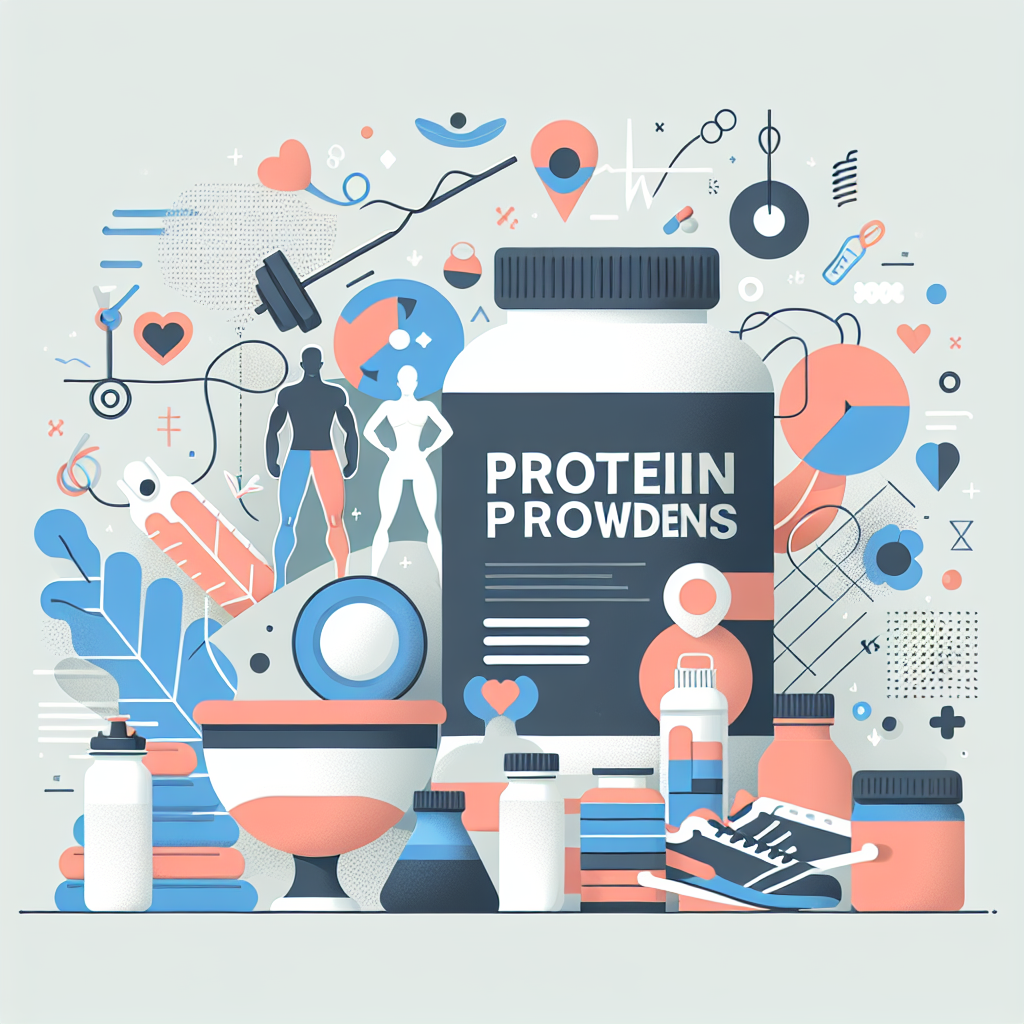Many people with diabetes wonder: can diabetics eat fruit without causing blood sugar spikes? The short answer is yes — fruit can be part of a balanced diabetes meal plan — but portion control, timing, and choice matter. This article explains practical ways to enjoy fruit while managing glucose, highlights fruits to avoid if diabetic or to eat sparingly, and offers pairing tips that reduce blood sugar impact.
Can people with diabetes eat fruit?
Absolutely. Whole fruit provides fiber, vitamins, minerals, and antioxidants that support overall health. The key is focusing on whole fruits rather than juices or dried fruit, which concentrate sugars. Monitoring carbohydrate portions and watching for fruits with particularly high sugar content will help you include fruit without derailing your goals.
Understanding sugar, fiber, and glycemic effect
Different fruits have different impacts on blood glucose. Fiber slows digestion and blunts blood sugar rises, so fruits with higher fiber content (like berries and apples) tend to be better choices. Glycemic index (GI) and glycemic load (GL) are useful tools—low-to-moderate GI foods raise blood sugar more slowly than high-GI foods. Keep in mind that ripeness, preparation method, and portion size all change a fruit’s effect on glucose.
Fruits generally recommended for people with diabetes
- Berries (strawberries, blueberries, raspberries): high in fiber and antioxidants, typically lower in sugar per serving.
- Apples and pears: contain fiber and can be filling; eat with the skin for extra benefits.
- Citrus (oranges, grapefruits): provide vitamin C and are relatively low on the GI scale for whole fruit.
- Kiwifruit and stone fruits (peaches, plums) in controlled portions.
Fruits to avoid if diabetic — and why
Some items are best limited or avoided because they cause faster, larger blood sugar rises or are easy to overconsume:
- Fruit juice: removes fiber and concentrates sugars, producing rapid glucose spikes.
- Dried fruit: raisins, dates, and dried mango are calorie- and sugar-dense; easy to eat many “servings” at once.
- Very ripe tropical fruits: overly ripe bananas, mangoes, and papayas can be higher in sugar and have higher GI.
When thinking about fruits to avoid if diabetic, prioritize whole, lower-sugar options and watch portion sizes of sweet fruits.
Fruits with high sugar — what to watch for
Some fruits naturally contain more sugar per serving. Examples of fruits with high sugar include grapes, cherries, mangoes, and ripe bananas. That doesn’t mean you must eliminate them, but plan smaller portions and pair them with protein or healthy fat to slow absorption.
Practical tips for including fruit safely
- Measure portions: a small apple or 1/2 cup of berries is a reasonable serving for many people.
- Pair fruit with protein or healthy fat: yogurt, cottage cheese, nuts, or a small amount of nut butter reduces the glucose rise.
- Avoid fruit juice and limit dried fruit; if you choose them, treat them like dessert rather than a serving of fruit.
- Monitor blood sugar: check before and 1–2 hours after eating new fruit choices to see how your body responds.
- Include fruit as part of balanced meals rather than as an isolated snack when possible.
Working fruit into an overall diabetes plan
Fruit fits into many healthy eating patterns for diabetes. Work with a registered dietitian or diabetes educator to determine carbohydrate goals per meal and best serving sizes. Low-carbohydrate approaches, carbohydrate counting, or plate-method strategies can all accommodate fruit. If you use medications or insulin, learning the timing and dosing around fruit-containing meals will help avoid unwanted highs or lows.
For people who are also tracking protein intake or exploring supplements, resources on appropriate protein options can complement fruit-based snacks — consider reading more about protein choices tailored for diabetes management at protein powder options for people with diabetes.
For a concise overview of diabetes as a condition, risk factors, and general care principles, an accessible resource is the Diabetes Mellitus summary on Wikipedia: Diabetes mellitus — Wikipedia.
When to consult your healthcare team
If you notice consistent blood sugar spikes after eating fruit, experience recurring hypoglycemia when adjusting insulin around meals that include fruit, or have kidney issues that limit certain potassium-rich fruits, consult your healthcare provider. Individual factors such as medication, activity level, and other health conditions will shape the best approach for you.
- Takeaways:
- Whole fruit can be included in diabetes management when portion-controlled and paired with protein or fat.
- Avoid fruit juice and limit dried fruit; focus on lower-GI options like berries and apples.
- Watch fruits with high sugar (e.g., mango, grapes, ripe banana) and measure servings.
- Monitor your glucose response and work with a healthcare professional for personalized guidance.
Can I eat fruit for dessert if I have diabetes?
Yes — choosing a small portion of whole fruit (for example, a small peach or a half-cup of berries) often makes a healthier dessert. Pairing it with protein or healthy fat (plain Greek yogurt or a few nuts) helps reduce blood sugar spikes.
Are fruit juices ever okay for people with diabetes?
Fruit juices are generally not recommended because they lack fiber and can raise blood glucose quickly. If you choose juice, treat it as an occasional treat and limit the portion to 4 ounces while monitoring blood sugar closely.
How do I decide which fruits are best for me?
Start by tracking blood sugar after different fruits, use portion control, favor high-fiber options, and consult a dietitian for individualized advice based on your medications, activity level, and overall meal plan.






